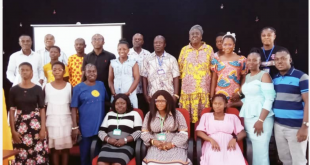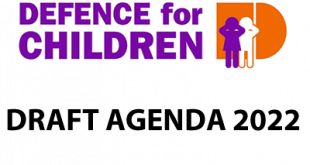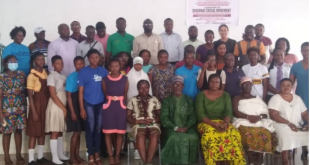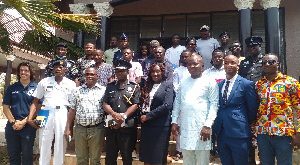Many women’s rights NGOs around the world are working to advocate for the protection of women from all forms of gender-based violence. Advocacy refers to a process, initiated by citizens or groups of citizens, such as non-governmental organizations (NGOs), to bring about change. Two broad types of advocacy can be distinguished: individual advocacy and systems change advocacy. Individual advocacy focuses on changing the situation for an individual and protecting her rights. Systems advocacy refers to efforts to change policy and practice at the local, national or international level, to change the situation for groups of individuals who share similar problems. While systems advocacy works to improve the system to the benefit of individuals, it is a long-term approach to problem solving requiring sustained effort. This section of the website discusses advocacy tools for systems change.
All effective advocacy strategies will aim to affect change at various levels- including increasing community awareness of the issue, influencing law and policy making and improving the government response to violence against women.
Because systems advocacy aims to affect long-term social change, it is generally considered a process that addresses strategic needs, in contrast to addressing the immediate and day-to-day needs of victims. At the same time, however, advocacy is also a tool that is both influenced by practical needs and can be used in conjunction with practical activities. An effective strategy to address violence against women should incorporate both practical and strategic activities, and many NGO actions function on both of these levels simultaneously. In planning a strategy, it may be useful to review a broader discussion of the interplay between strategic and practical needs in the context of gender-based violence elsewhere on this website.
This website takes a human rights approach to gender-based violence, which means that the advocacy strategies included here aim to improve respect for and the protection of women’s human rights. The manual Women’s Human Rights Step by Step defines the main goals of women’s human rights advocacy as the following:
- To increase the understanding of human rights to include abuses suffered predominantly by women;
- To expand the scope of State responsibility for protection of women’s human rights in both the public and private sphere; and
- To improve the effectiveness of the human rights system at the national and international level to both enforce women’s human rights and also to hold abusers accountable.
Within the broad human rights framework, advocacy initiatives vary and should be reflective of specific country conditions. Advocacy initiatives under the human rights perspective, however, tend to focus on improving the human rights system at all levels, meaning from local government institutions up to intergovernmental organizations, such as the United Nations.
An effective advocacy initiative or strategy requires organization, strategizing, information gathering, coalition building and action.
 DCI-GHANA Defence for Children Internation
DCI-GHANA Defence for Children Internation






